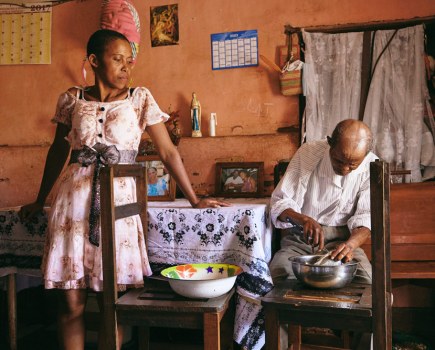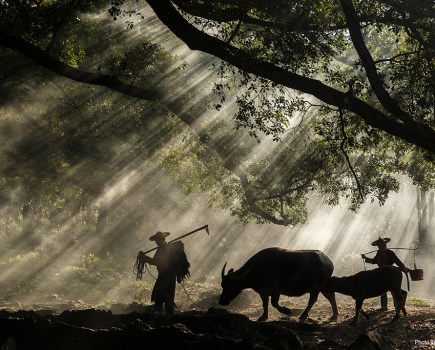The issue was this week raised by UK-based photographer Dan Schiraldi, who emailed AP after reading a recent article in the magazine about street photography.
He wrote: ‘I read with great interest your article on street photographer Jianwei Yang [AP 22 August].
‘This is not a genre I’ve tried as yet. However, it got me thinking about certain issues that crop up with my own work – taking pictures of people and property. For my own clients I require model and property releases to be signed by them in order to publish them.
He added: ‘However, how does this work with street photography and taking photographs of strangers?
‘What is the legal standing in this respect in terms of making money from these photographs or displaying them?’
So, should street photographers ensure their subjects have signed a model-release form before their photo is published, to avoid being sued?
AP turned to photo rights lawyer Charles Swan for some guidance.
‘There is no definitive answer,’ says Swan. ‘The simple answer is it depends on the context in which the photograph is being published.’
Swan stresses that photographers should always seek their own legal advice on their specific circumstances.
He adds: ‘As a general principle, publication for commercial purposes (for example, in advertising and other marketing communications) will generally require the permission of the subject, whereas publication for artistic or editorial purposes (for example, in news media) will often not require permission.
‘However, book publishers will often require a model release anyway, to protect them from possible claims.
‘Exhibiting prints of street photographs containing people, or displaying photographs online on sites such as Facebook or Flickr, for artistic purposes, would not generally require permission in the UK, although there could be issues under the Data Protection Act.
‘If you put street photographs including people on Flickr, for example, it is safer not to attach Creative Commons licenses.’
There are several types of Creative Commons license. Creative Commons Attribution, for example, lets others distribute, remix, tweak, and build upon your work, even commercially, as long as they credit you for the original creation.
Swan continues: ‘Common sense should be exercised. Sometimes it may be obvious that a person in the street might object to the publication of their image and in such cases it is advisable not to publish.
‘It is also often advisable to back down gracefully when faced with a complaint by an aggrieved subject rather than insist on what may be your legal rights. Unless of course you fancy a day in court!
‘Wherever possible, it is advisable to try to get signed model releases.
What about buildings?
‘The position with buildings varies from country to country. “Freedom of panorama” applies in the UK and many other countries, so you don’t infringe the copyright in a building by photographing it. In other countries, such as Belgium and France, the position is different.
‘Your readers should seek specific legal advice. The above is very general guidance only and should not be relied upon. It is also important to note that privacy laws vary from country to country.’
[Photo credit: C Cheesman]







